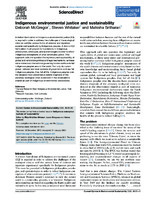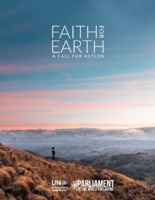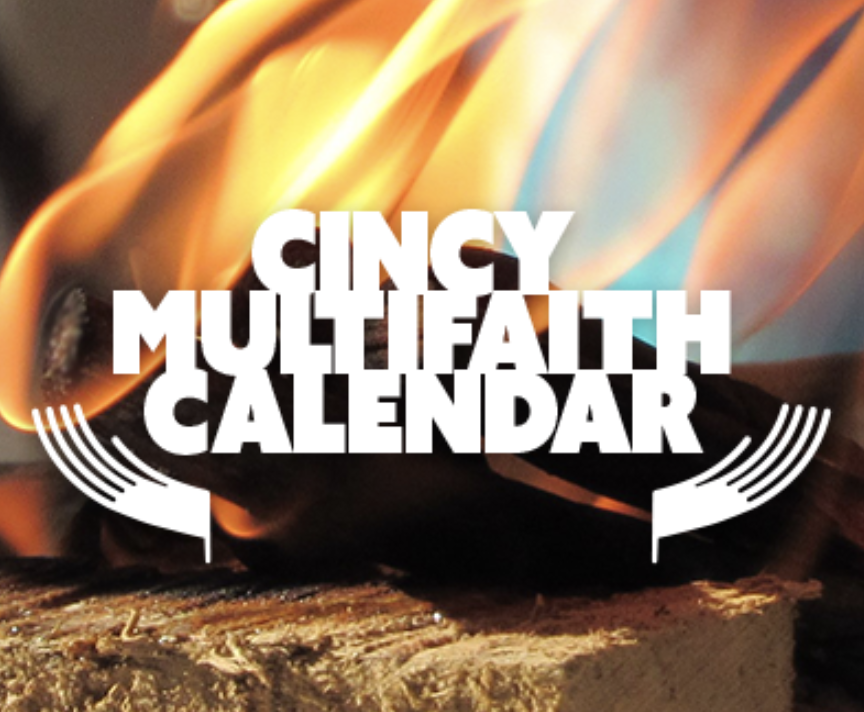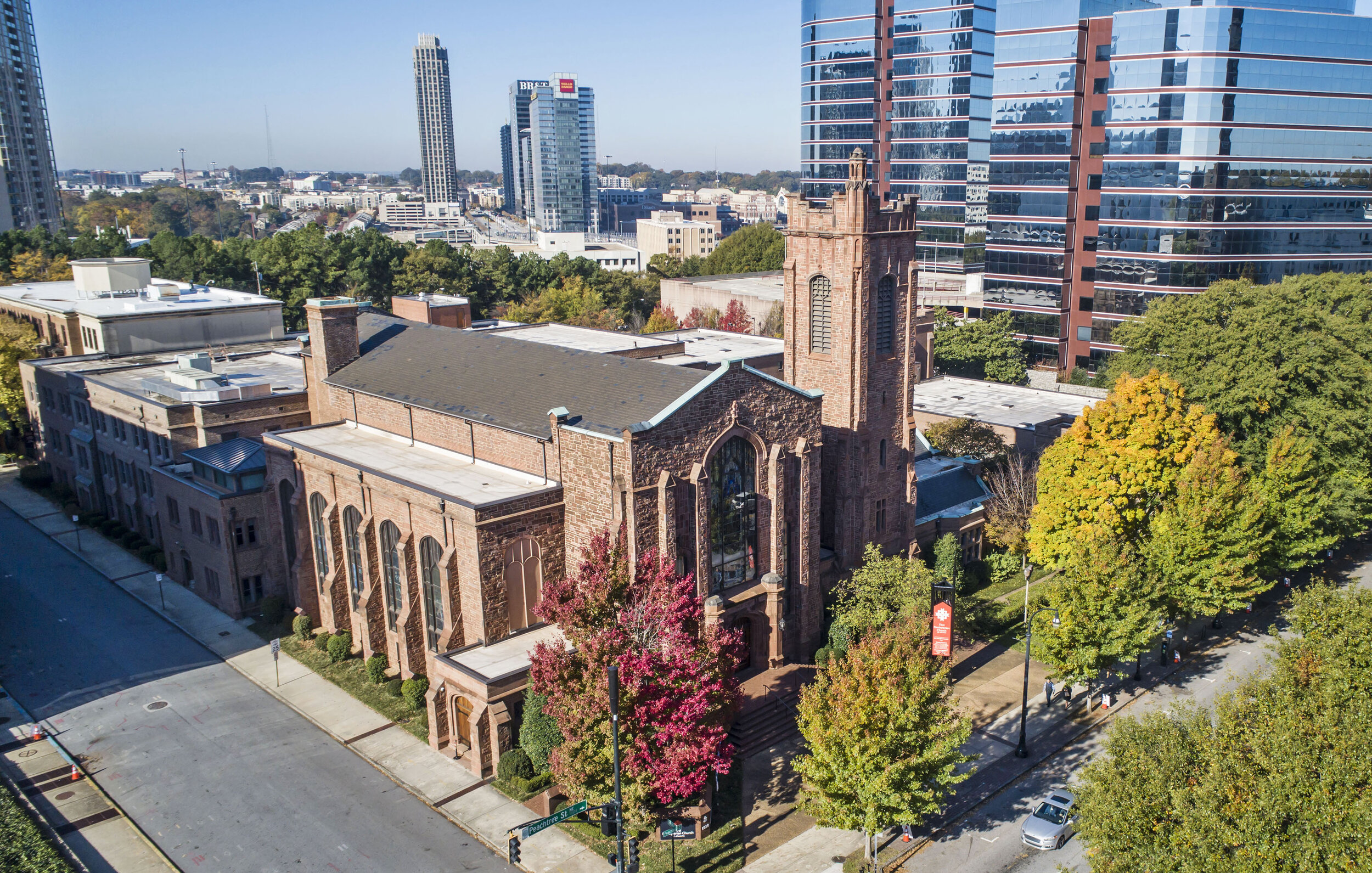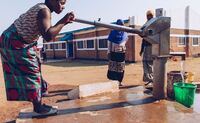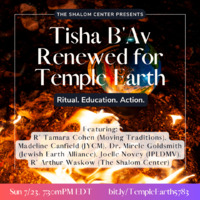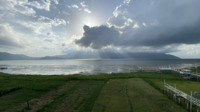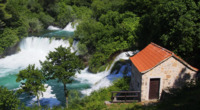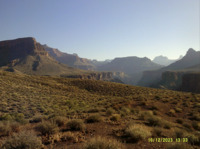Search
129 items
-
Indigenous environmental justice and sustainability
Current Opinion in Environmental Sustainability
Volume 43, April 2020, Pages 35-40 -
Sacred Watersheds and the Fate of the Village Body Politic in Tibetan and Han Communities Under China’s Ecological Civilization
Coggins studies the spiritual ecologies of Tibetan and Han communities in the People's Republic of China. The Tibetan animism focuses on the protection of landscapes because of their relation to various deities and spirits. Han communities worked on creating fengshui forests to find balance a balance of qi in all things. -
Interfaith Rainforest Initiative (IRI) Campaign Videos
The Interfaith Rainforest Initiative (IRI) creates artistic and well-produced videos that accompany their programs on climate change education and awareness-raising in branch offices around the world.
These videos are great resources for those looking for multimedia inspirations that amplify sustainability communications efforts. -
Faith for Earth: A Call for Action
This book was first published at the beginning of the twenty-first century. A joint project of the United Nations Environment Programme and the Interfaith Partnership for the Environment, it was titled Earth and Faith: A Book of Reflection for Action. The partners printed tens of thousands of copies and gave them to schools, congregations, and communities throughout the
world. The book described the growing threats to our planet’s life support systems, the reverence all faiths share for life on Earth, and the responsibility that people have to future generations. -
Cincy MultiFaith Calendar
The Cincy MultiFaith Calendar empowers multi-faith learning and experiences through sharing traditions celebrated by different faiths with the wider public.
"This project was inspired by the inaugural Cincinnati Festival of Faiths held on June 24th, 2018, on the campus of Xavier University. That amazing event, which attracted 25 faith communities representing 13 world religions, was the most inclusive gathering of faith traditions ever assembled in the region’s history. Within days of that historic event, ideas for more multi-faith learning and experiences emerged, among them the idea of producing a multi-faith calendar. The purpose and hope of the calendar are that people of different faith traditions, or without a faith tradition, might learn more about one another. We all hold the hope that we could create a tool to help open the eyes of young people who could understand one another and break down those silos that segregate our world." -
Zoom Events: Greening the Bible
The goal of this short course is to read the Bible afresh: to reinterpret texts of terror (for other creatures) and to reclaim passages that show the importance and agency of nonhuman persons. It is intended as a tool for forming earth-inclusive Christians. -
Profile: EquaSion (Equality, Spirituality, Inclusion)
EquaSion, formerly known as the Bridges of Faith Trialogue, is a non-partisan civic organization founded upon interfaith dialogue that works to develop educational and community service programming to foster greater understanding, respect, compassion, inclusion, and engagement for all people and faith communities in Greater Cincinnati and beyond. -
Should Rivers Have Right? A Growing Movement Says It’s About Time
“Should Rivers Have Rights?," published through the Yale School of Environment, addresses not only the growing impact of river degradation but also the spiritual connection that indigenous cultures have with river systems around the world. Attributing legal rights to rivers and other bodies of water will contribute to their protection from further human pollution as well as restoration of these natural areas. Through legal policy, rivers can be brought back to a safe state of equilibrium while also being preserved for indigenous groups. -
American Jewish World Service- Land, Water, and Climate Justice: Story Collection
The American Jewish World Service compiled a website of their outreach stories from the US, Africa, Asia, Latin America, and the Caribbean. Reflections from work with Indigenous communities are included as well. The environmental activism showcased on their website also defend women and their crucial involvement with agriculture and the environment. From the website;
"We aid communities and movements organizing to protect the land, water and natural resources that people depend on for their survival".
More information on how to get involved is listed on their website. -
Quench Their Thirst
"Welcome to the Quench Their Thirst Fundraising Project!
Water is a basic necessity of life, yet millions of people around the world lack access to this essential resource. By setting up a fundraising page, you can make a difference and help quench the thirst of those who need it most.
The money you raise will build water wells, boreholes and water filtration plants in rural communities in Africa and Asia, where people currently have no choice but to walk for miles to collect dirty, contaminated water. This not only puts their health at risk, but also takes up valuable time that could be spent on education, work, or caring for family members." -
Saving India’s Rivers: Ecology, Civil Society, Religion, and Legal Personhood
"Abstract: In recent decades, India’s environment has been severely compromised by riverine pollution combined with large-scale dams and exacerbated by diversion for irrigation. Most prominent among the rivers so affected has been the Ganges and its tributaries in northern India, which for Hindus include the country’s most sacred bodies of water. This paper examines three campaigns opposing dam construction, arguably the most widely publicized and analyzed efforts of this kind since independence in 1947. One campaign was essentially secular with virtually no religious component, the second mostly secular with some religious support, and the third almost totally a religious initiative. In the end, only the third attained any real success, and that rested on circumstances unlikely to be replicated. The possibility that future campaigns of this scale can be taken up again appears remote. Meanwhile, riverine pollution has continued to increase everywhere despite massive governmental programs to reduce it. Theoretically, it would seem that environmentalists and Hindu devotees with their veneration of nature should be able to work in common cause to reduce pollution, but any large-scale cooperation seems unlikely between these two disparate realms. More recently an effort to protect rivers by endowing them with legal personhood enjoyed an initial success, holding the promise that lawsuits could be brought on behalf of a river against those polluting it. The paper concludes that while the legal personhood strategy is currently stalled, it offers the best chance for eventual success in attenuating riverine pollution. In the course of the paper, a comparative theoretical framework for assessing anti-dam protests will be tested." -
Tisha B'Av Renewed for Temple Earth
"To start with what is new yet ancient: The Shalom Center welcomes you to the sad obligation to mourn for the continuing destruction of our universal Temple Earth, just days before Tisha B’Av, and to bring active hope to protect and heal the universal Temple of all life on Earth.
We will gather by Zoom at 7:30pm Eastern on Sunday, July 23, to hear chants in English, created as a 'Lament for Earth' by Moving Tradition’s Rabbi Tamara Cohen, newly honored by the Covenant Foundation for her innovative work in Jewish education; suggestions for action to protect Temple Earth by The Shalom Center’s Rabbi Arthur Waskow; reflections on the unique role Jews have in showing up for climate justice by Jewish Youth Climate Movement’s Madeline Canfield; songs and teachings of hope and determination by Interfaith Power & Light (DC.MD.NoVA)’s Joelle Novey; and a call for specific pre-Tisha B’Av actions by Jewish Earth Alliance’s Dr. Mirele Goldsmith. A complete list of organizational co-sponsors and full speaker biographies can be found below the registration form at the bottom of this page." -
Its promised land drying, Mormon Church works to save the Great Salt Lake
Due to overuse and climate change, the Great Salt Lake is drying and is estimated to disappear in about five years. In response to this, the Mormon Church of Jesus Christ of Latter Day Saints has started public conservation and water-saving efforts. This article describes these efforts and the role of the Great Salt Lake in the local environment and culture. -
The Intellectual Martian Society of “Stranger in a Strange Land” by Robert Heinlein
This chapter from the student-written book “Emerging Perspectives on Religion and Environmental Values in America” explores the environmental ethics and spirituality of the book Stranger in a Strange Land. Specifically, the author discusses the importance of water and the environmental impact of the book. Below is the first paragraph of the chapter to introduce the discussion.
"In 1961, the accomplished science fiction author Robert A. Heinlein shared his latest work with the world. In the fashion of a fairytale, Stranger in a Strange Land begins 'Once upon a time,' and goes on to describe the fantastic culture of Mars and its impact on human society. The timing of its publication in the early 1960s allowed for a short digestion period, so that it was ripe in the mind of the counterculture in the latter half of the decade. Themes of religious reform, free love, and a oneness with the cosmos permeate the book, and coincidentally rose to popularity during this time. The alignment of the novel with the counterculture cannot be understated: in 1967, the Freak Scene recorded a song entitled 'Grok!,' an homage to the word coined by Heinlein in Stranger in a Strange Land, and a year later the Byrds referenced water brotherhood in their song 'Triad.' The verb 'grok' even found its way into the vernacular of the counterculture (Blackmore, 1995). Messages about the sanctity of clean water and the positive potential of religion reached tens of millions, securing the legacy of Stranger in a Strange Land as one of the books which shaped religious and environmental values in the United States (Library of Congress, 2012)." -
The Spirit of the Rillito
This article explores the ideas of animism and new animism. Animism is the belief that all things, living and non-living, have a spiritual essence. The author connects this system of beliefs to their local river, the Rillito. -
St. Francis of Assissi Novena
This novena from the autumn of 2022 contains nine days of prayers to St. Francis of Assissi.
"Though he chose not to be ordained a priest, St. Francis is one of the most revered saints of the church. The great respect accorded to St. Francis is primarily due to his life of service, insistence on the practice of absolute poverty, and great humility. He founded the Order of the Friars Minor, co-founded the Poor Clares, and the Order of St. Francis...He is renowned for his love of animals, the environment, and his desire for peace." -
Catholic Diocese of Columbus: Creation Care Guide
The Creation Care Team of the Catholic Diocese of Columbus has created a Creation Care Guide based on the teachings of Laudato Si’. This guide contains information on energy conservation and efficiency, purchasing and recycling, transportation, and water conservation. Additionally, they have a section on making Laudato Si’ more accessible to younger generations. The inspiration for this guide came from the Archdiocese of Atlanta who wrote a document titled, An Action Plan for the Roman Catholic Archdiocese of Atlanta. -
Nativities and the Natural World
Housed at the University of Dayton Roesch Library Building, this exhibit is available Nov. 20, 2023 through Jan. 12, 2024.
"Explore the intersection of Christmas and nature through the Marian Library’s Nativity sets, artwork and more. In this exhibit, artists incorporate plants and animals from around the world into the Christmas story. Gourds, straw, wood, mother-of-pearl and beeswax are among the materials used to create Nativity sets that reflect the natural world in which Christ was born." -
Mid-Winter Stroll on a Pier
"A mid-winter stroll on a pier in beautiful Lake Erie. This lake is the most valued fishery in all of the Great Lakes. Keeping this lake clean is important for the human and non-human residents that depend on this water source. A resource that sustains all life." Taken by Gabriel Sanchez. Submitted to the RESTORExchange Sustainability Photo Contest. -
Lake Yojoa
"This is a photo of Lake Yojoa, Honduras. It is one of the biggest lakes in Honduras, but it has been shrinking. Because the lake is vital to the local economy, the municipal government has prohibited bathing and fishing to protect the lake from contamination." Taken by Cristian Vallecillo. Submitted to the RESTORExchange Sustainability Photo Contest. -
Ignite the Passion
"To be passionate about sustainability, one must align themselves in nature and ignite the passion. To live a life dedicated to sustainability means reigniting that flame is necessary to remind oneself of the reasons the effort." Taken by Kenedy Witherow. Submitted to the RESTORExchange Sustainability Photo Contest. -
Krka National Park
"Admire the peaceful charm of Krka National Park: a majestic waterfall draws attention, and a small cabin can be found away among dense trees. Here, travelers appreciate the peace of nature while finding shelter from the busy life of the city. This picture serves as a reminder of our responsibility to protect these havens for coming generations and is the epitome of sustainable peace." Taken by Balint Horompoli-Toth. Submitted to the RESTORExchange Sustainability Photo Contest. -
Dryness
"Dryness". Taken by Mohammed Ashraf. Submitted to the RESTORExchange Sustainability Photo Contest. -
Force of Nature
"'Force of Nature' - the picture was taken when my family and I went to walk on one of the trails in Knights Ferry. When I came across this tree, it reminded me of resilience, adaptability, and the ability to thrive in the most challenging conditions. I say all this because even with the most challenging conditions this tree still recovered, found an innovative way to adapt in its environmental challenge, and found interconnectedness in its ecosystem." Taken by Mitzi G Osorio. Submitted to the RESTORExchange Sustainability Photo Contest. -
Reusable Water Bottle
"A reusable water bottle, covered with natural imagery stickers, is placed on a picnic table outside on a college campus. The water bottle and the natural background reflect how sustainable practices emphasize doing what you can to preserve and connect with the natural world around you." Taken by Julia Dellapena. Submitted to the RESTORExchange Sustainability Photo Contest.

